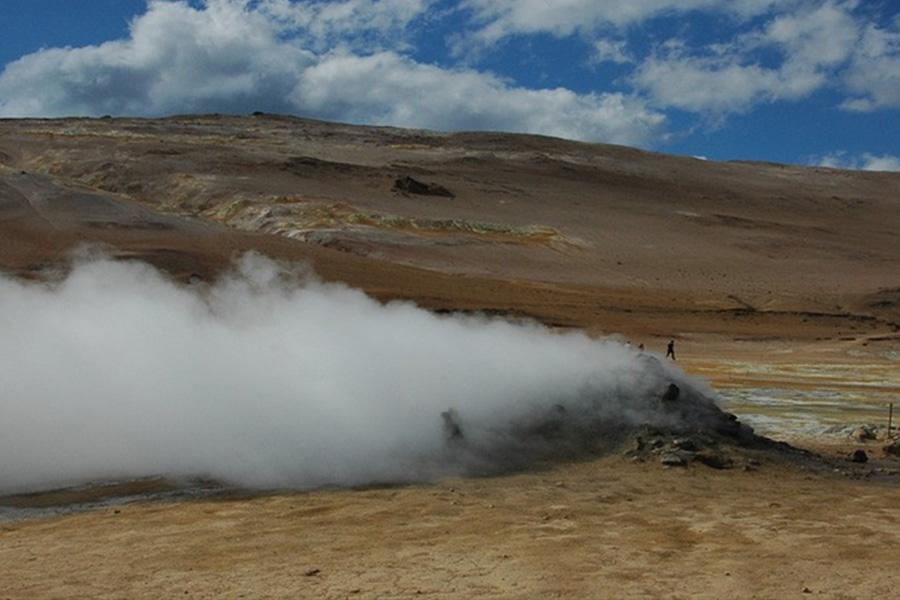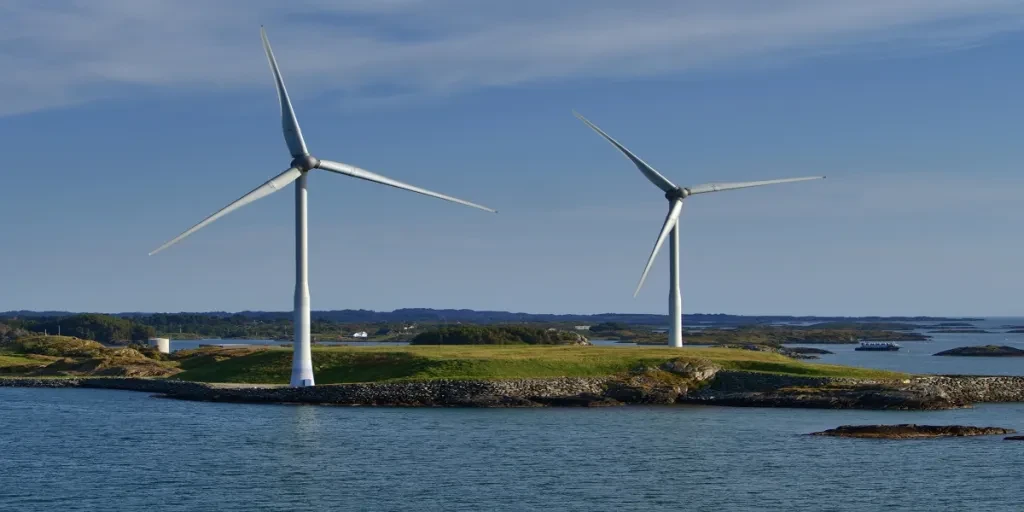Renewable or sustainable energy is a product of natural processes and constantly replenishes. The sources of this energy are inexhaustible, like the sun. But there is a limit to energy renewal available per unit of time. Due to its efficient power supply and continuous production, renewable energy is a great alternative to most common non-sustainable sources, like coal.
Global awareness about renewable energy is increasing rapidly. The International Energy Agency expects renewable capacity to increase by over 8% in 2022 compared with last year. It will push through the 300 GW mark for the first time.
Environmental concerns are the primary reason behind the massive growth of renewable energy. The sources of this energy will be the focal point of this article.
Table of contents
Growing use and impact of renewable energy
Four common sources of renewable energy
Conclusion
Growing use and impact of renewable energy
Examining the exponential growth of renewable energy gives us a valid reason to be optimistic about how fast it can meet the current climate goals. In the Annual Energy Outlook 2022, EIA forecasts that US renewable energy consumption will continue to increase through 2050.
Meanwhile, the current green energy growth means the world has 295 GW of renewable energy capacity, according to EIA. This was described in the World Economic Forum’s Fostering Effective Energy Transition 2021 report as the “unprecedented acceleration” in recent years.
These figures point to the potential growth in the renewable energy sector.
Four common sources of renewable energy
Renewable energy is our ticket to a green future. The transition to renewable energy is the key to solving the climate crisis and regional energy shortages. Solar photovoltaic power is one of the most popular forms of renewable energy. In addition to this, a number of other energy sources are also proving their potential.
Here are a few common sources of renewable energy that everyone should know about:
Solar energy
Solar power has been around for much longer than we can imagine. The first solar cell was invented in France in 1839!
Given the year of its discovery, it makes sense why solar energy is one of the most refined forms of renewable energy today. Another reason for its wide-scale application is its abundance. According to the United Nations, the rate at which Earth intercepts solar energy is 10000 times greater than the rate at which humanity consumes energy.
An MIT Professor, Washington Taylor, recently talked about the massive potential of solar energy. Consider this: solar thermal systems covering 10% of the world’s deserts can produce 15 terawatts of energy. This equals the forecasted growth of worldwide energy demand in the next half-century.
Benefits of using solar energy
A vast amount of solar energy constantly radiates to the Earth. However, it is challenging to turn it into a usable resource at an economical rate. If deployed wisely, solar energy can bring the following benefits:
- It does not emit as much carbon as fossil fuels in the process of generating electricity.
- It is an infinite resource.
- The solar panels and cells are easy to maintain.
- The solar grids have a low vulnerability to blackouts.
- The solar panels allow maximum energy utilization.
Next time, when someone asks, “Is solar energy renewable?,” tell them it is one of the most harmless forms of energy available on the Earth.
Cost and adoption of solar energy
Lazard’s annual Levelized Cost of Energy Analysis revealed that installing new solar power plants can be up to $10 per MWh cheaper in some cases than continuing to run existing coal-powered plants.
Countries like the USA and UK have hopped onto the solar bandwagon long ago. They realize the vast potential of solar power and its economic appeal. The UK Prime Minister Boris Johnson recently released the country’s Energy Security Strategy. He stated that by 2035, the country will increase its solar power capacity 5-fold from 14 GW as it stands now.
In addition, there is a wide-scale solar energy potential in Europe and the Middle East. Countries in the Middle Eastern and North African (MENA) regions have been developing massive renewable energy projects with the aid of EU investors and organizations.
There are currently 35 solar power plant projects in the MENA region. By 2050, these plants could fulfill up to 15% of Europe’s electric requirements and provide carbon-free power. Simultaneously, South America has become a leading renewable energy production region (Mordor Intelligence). Its solar energy capacity is expected to grow beyond 280 GW by 2050. This is because of abundant sunshine and supportive government policies.
These facts make it clear that solar energy is the future everyone should research and prepare for.
Wind energy
Wing energy involves capturing kinetic energy and converting it into electricity. Since it is derived from a natural process, it is categorized as renewable energy. There is no chance of the Earth running out of air.
According to the Global Floating Wind Market and Forecast Report, over 26.2 GW of floating offshore wind capacity is slated for construction by 2035 across the planet. The developers in countries like Portugal and Japan are making arrangements to test the technology. Over the past decade, the US wind power capacity grew 15% per year. And now, it is the largest renewable energy source in the country. Its non-toxic, eternal nature has increased its adoption. Moreover, wind energy can halt about 12.3 GT of greenhouse gases by 2050.
For these reasons, wind power is one of the best renewable energy sources to meet global energy demand.
Geothermal energy

Geothermal energy is a kind of renewable energy extracted from the Earth’s core. It derives from the heat generated during the original formation of the planet and the radioactive decay of its substances.
According to the US Energy Information Administration (EIA), energy generated from geothermal plants is projected to increase from 17 billion kWh in 2020 to 49.8 billion kWh in 2050. Its direct-use applications include district and space heating, aquaculture, greenhouses, and commercial manufacturing processes.
The positive impact of geothermal energy on the Earth is a primary reason behind its broad adoption. The US DOE Water Efficient Energy Production for Geothermal Resources Report found that each year, US geothermal energy offsets the emission of 80,000 tons of nitrogen oxides and 4.1 million tons of carbon dioxide.
Despite the many benefits of geothermal energy, it is currently mostly developed by governments supporting projects, with corporate entities less likely to develop and promote large-scale applications on their own.
Hydropower

Hydropower uses the energy of moving water from higher to low elevations. It is one of the oldest renewable energy sources on Earth, which farmers initially used for mechanical tasks like grinding. They discovered this method of energy renewal and utilized it to power their basic operations.
Fast forward to this day, and hydropower has become one of the planet’s most sought-after renewable energy sources. Small hydropower technologies are an alternative to massive dam facilities. This has caused the growth of the small hydropower market, which is expected to exceed 3 billion US dollars by 2024.
This renewable energy brings many other benefits besides power generation. It controls flooding, supports irrigation, and provides clean drinking water. Installation of hydropower plants is affordable and has higher durability compared to other renewable energy sources.
Conclusion
The clear momentum of the world towards renewable energy speaks of its effectiveness. The World Health Organization (WHO) found that 99% of the people in the world breathe air that exceeds the air-quality limits. An efficient and reliable renewable energy source is needed to diversify the power supply option.
This article covers the significant renewable energy sources to ensure people have more insights when choosing their power source. Go over the factors like costs and benefits to make the right pick. Also, check out Alibaba.com for the latest news in the renewable energy sector.





It’s great information.
Thank you kindly.